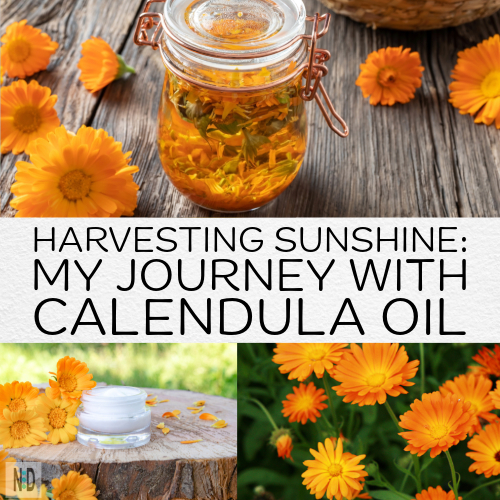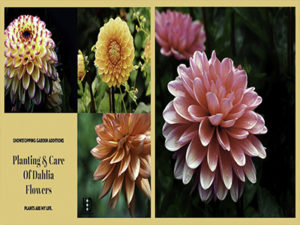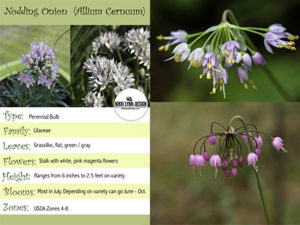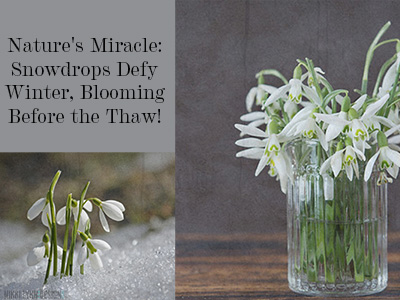There’s something magical about a summer morning when the garden wakes up with dew-kissed petals and a gentle hum of bees. On days like this one in late July, I step outside with a mug of tea in hand, drawn to the bright orange blooms of Calendula officinalis nodding in the breeze.
It’s a plant that has woven itself into my own story of simple kitchen experiments and natural remedies, turning ordinary olive oil into a golden elixir. Whether you’re a seasoned gardener or just starting out, let’s explore how to make Calendula oil, straight from my sunny windowsill to yours..
Discovering Calendula: The Sun-Loving Marigold

Calendula, often called pot marigold or Scotch marigold, is that cheerful flowering plant in the daisy family that brightens flower beds, pots, and even vegetable gardens. I’ve always loved how easy it is to grow from seed. Scatter them in well-drained soil with plenty of sunlight. They’ll reward you with vibrant blooms from late spring through fall. In my garden, the fresh petals add a spicy, tangy kick to salads. I’ve even tossed them into teas for a peppery twist.
What draws me in most is Calendula’s versatility. It’s not just a pretty face; these flowers have been a staple in herbal traditions for their soothing qualities. As I harvest the petals on a warm day, I’m reminded of how nature provides in abundance, especially during these peak summer months when the plants are at their fullest.
Crafting Calendula Oil: A Kitchen Window Adventure
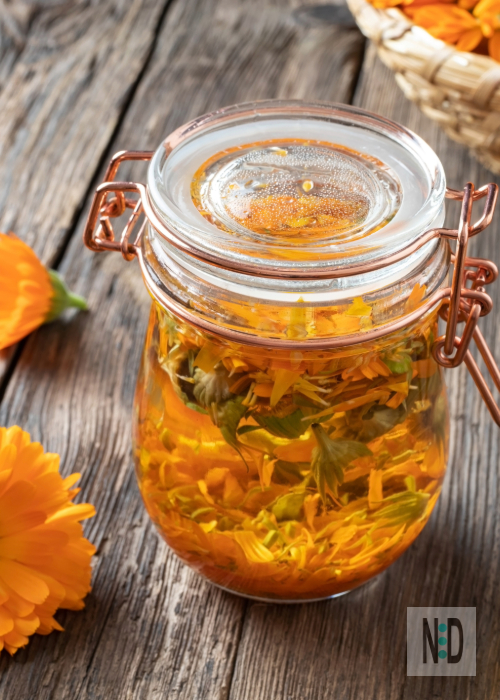
Every summer, I kick off what I fondly call my “kitchen window chemistry experiments.” It’s not fancy lab work—just me, a few jars, and the joy of infusing fresh or dried herbs into oils.
Right now, with July’s long days stretching out, my counter is lined with jars of orange-hued Calendula flowers steeping in olive oil, catching the morning light. It’s a ritual that feels like capturing a bit of sunshine for later use.
The process is straightforward and rewarding, turning simple ingredients into something special for salves, creams, or balms. Here’s how I do it, with tips learned from my own trials and errors.
Simple Recipe for Calendula Oil
Gather your supplies and set aside an afternoon—it’s a perfect rainy-day project when the garden needs a break.
Ingredients and Directions:
- 1-1/2 cups dried Calendula flowers (fresh ones work too, but drying them first helps preserve potency)
- 3 cups carrier oil, like olive oil or coconut oil (I swear by olive oil for its mild scent and longevity)
- Prepare the flowers: Gently break up the dried Calendula petals into a sterilized glass jar. This ensures even infusion and prevents any moisture that could spoil the oil.
- Add the oil: Pour in the 3 cups of oil, making sure all the flowers are fully submerged. I like to give it a stir with a clean spoon to release those natural essences.
- Infuse: Seal the jar and place it in a sunny spot, like a windowsill. Let it steep for 4-6 weeks, shaking gently every few days. If you’re eager, you could use a slow cooker on low heat for a few hours, but I prefer the patient, natural method.
- Strain and store: After steeping, strain the oil through cheesecloth into a clean, sterilized jar. Label it with the date—mine from last summer lasted well into winter.
What Calendula Oil Can Do: A Gentle Touch for Everyday Care
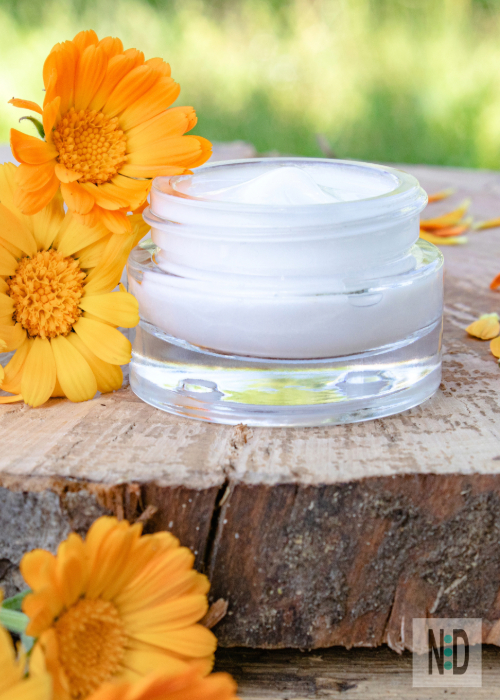
Once your oil is ready, it’s like having a multi-purpose ally for skin care. Traditionally, it’s celebrated for its potential antifungal, anti-inflammatory, and antibacterial properties.
Which might help with lightening dark spots, healing minor wounds, soothing eczema, relieving dry skin, banishing blemishes, or easing diaper rash.
In my routine, I mix it into homemade balms, creams and salves for the drier months ahead, and it’s become a go-to for my family’s chapped hands after long walks. It’s all about that gentle, nurturing feel—much like wrapping yourself in a warm blanket on a crisp evening.
These statements have not been evaluated by the FDA. This product is not intended to diagnose, treat, cure, or prevent any disease. Always patch-test on your skin and consult a healthcare professional if you have concerns.
- Choose quality ingredients: Opt for organic flowers and high-quality oils to avoid additives.
- Safety first: Wear gloves when handling plants if you have sensitive skin, and never use on open wounds without advice from a doctor.
- Seasonal twist: Since Calendula peaks in summer, start your infusion now to have it ready for fall. In my experience, harvesting on a dry day ensures the best results.
- Experiment mindfully: Begin with small batches, and remember, this is about enjoyment, not perfection.
Through these steps, I’ve found a deeper connection to the rhythms of nature, turning a simple flower into something that cares for us in return.
Wrapping Up with a Sip of Summer
As I sit here on this July morning, watching my jars of Calendula oil glow on the windowsill, I’m grateful for these small acts that bring nature indoors. It’s a reminder that even in the hustle of summer, we can slow down and create a little magic of our own.
Have you tried making infused oils, or do you have a favorite Calendula story to share? Drop your thoughts in the comments—I’d love to hear how you’re embracing these sunny blooms. If this sparks your interest, grab some seeds and start your own experiment today. Who knows what wonders you’ll uncover? 😊
